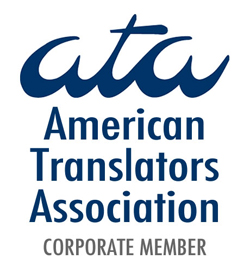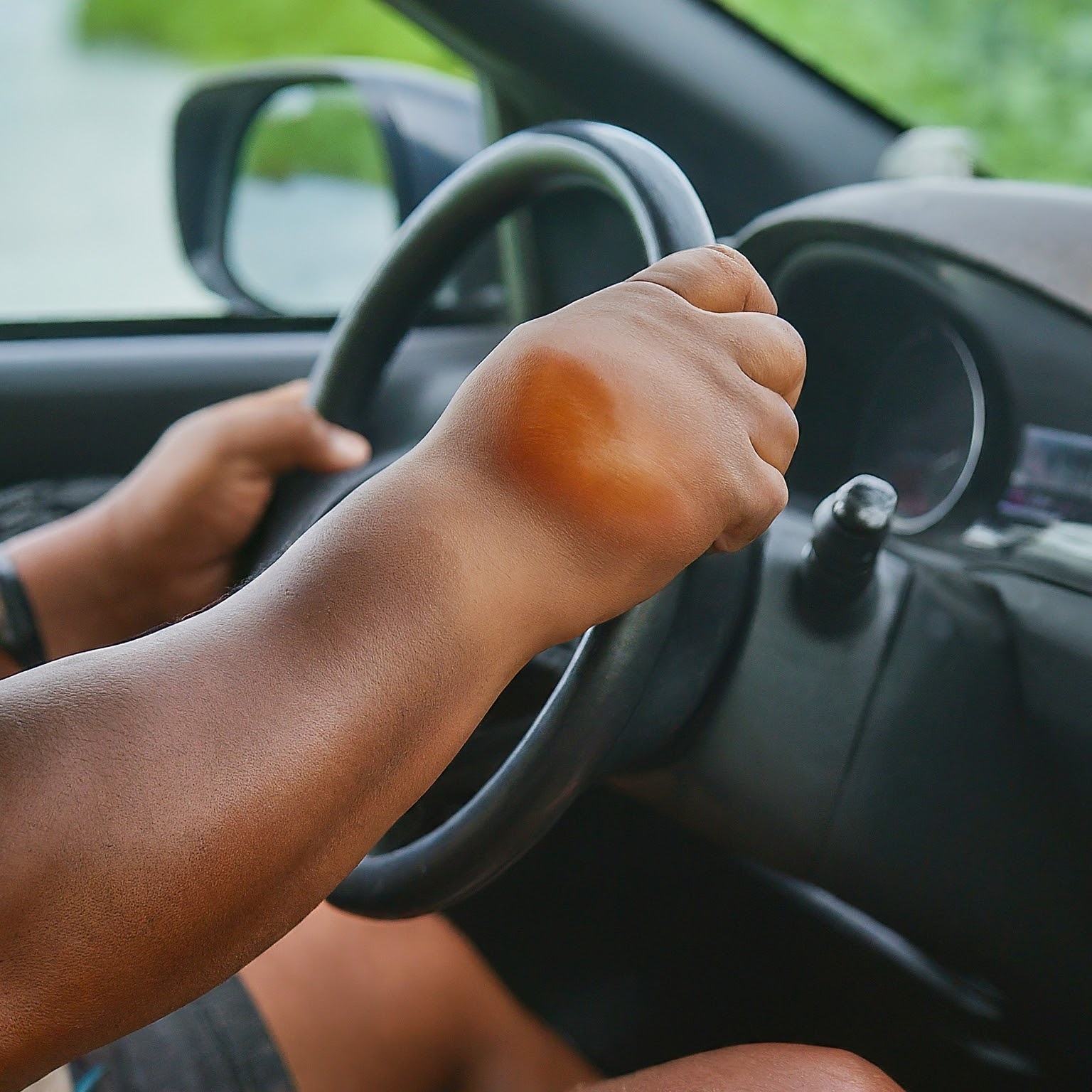
We also accept payments via Paypal
Huri Translations
Tel. +689 89 205 483
info@huri-translations.pf
PO BOX 365 Maharepa
98728 Mo'orea
French Polynesia
N°TAHITI 876649
Subscribe to our newsletter


From the lush, volcanic islands of Polynesia to the coral atolls of Micronesia, our Pacific people have a visceral connection to the land and a strong sense of community. However, many of these communities also face significant health challenges, including high rates of obesity, diabetes, and cardiovascular disease, which can contribute to the development of gout. Rheumatoid arthritis and Gout have long been known by Pacific Islanders, who give a loose translation of any arthritis condition with terms like Kulkul (Cebuano), Gugu (Tuvaluan), Ngungu (Tongan), ʻUʻu (Tahitian), Nunu (Hawaiian).
Gout occurs when excess uric acid in the body forms crystals in the joints, causing intense pain, swelling, and inflammation. While gout can affect anyone, certain genetic and environmental factors can increase the risk of developing the condition. In the Pacific Islands, a combination of genetic predisposition and changing dietary and lifestyle habits has led to a surge in gout cases in recent decades.
For example, in Guam, in the western Pacific, a recent study found that nearly 25% of the adult population are Båtdao (gouty in Chamorro), with even higher rates among the indigenous Chamorro people. Similarly, in Aotearoa, gout affects around 20% of Māori men and 7% of Māori women, compared to just 4% of the general population. These disparities highlight the need for targeted interventions that address the unique risk factors and barriers to care faced by Pacific Islanders.
One of the challenges in addressing gout in the Pacific Islands is the lack of culturally and linguistically appropriate informational materials and resources. A sizeable proportion of Pacific Islanders speak an indigenous language as their first language, with English, Spanish or French coming as a second language. This can make it challenging for healthcare providers to effectively communicate with patients about the causes, symptoms, and treatment options for gout.
To overcome this barrier, researchers and healthcare organizations are working to develop culturally tailored informational materials and health programs that incorporate local languages, customs, and values. For example, in Aotearoa, the Māori Gout Action Group has created a series of videos and resources in the Māori language that explain gout in a way that resonates with Māori communities. These materials use traditional Māori concepts and imagery to convey important health messages, such as the importance of maintaining a healthy weight, avoiding trigger foods, and taking prescribed medications regularly.
Huri Translations recently helped Parexel, a US biopharmaceutical company, to develop culturally and linguistically appropriate training questionnaires and videos for handheld devices. These materials have been designed to support research on gout attacks among Pacific Islander populations. The positive feedback received regarding the in-language materials has led to further collaboration with healthcare providers, with our teams now working on adapting the latest programs for gout monitoring, treatment, and prevention from the Agency for Healthcare Research and Quality (AHRQ) to better serve the needs of Pacific Islander communities.
In Guam, researchers have worked closely with the CHamorro community to develop a gout research study that incorporates cultural protocols and involves local researchers and community members at every stage of the process. By engaging with the community and respecting their knowledge and traditions, the researchers were able to build trust and ensure that the study was responsive to the needs and concerns of the CHamorro people.
Another important aspect of addressing gout in the Pacific Islands is recognizing the role of traditional medicine and healing practices. Many Pacific Islanders rely on advice from people like Yo’åmte siha (traditional healers in the Mariana islands) and herbal remedies (Haika/Haina in Marquesan, Rongoā in Māori) to manage their health, and these practices are often deeply rooted in cultural beliefs and values. While Western medicine can be effective in treating gout, it is important for healthcare providers to work collaboratively with traditional healers and to incorporate traditional knowledge and practices into their treatment plans where appropriate.
In French Polynesia, for example, researchers have documented the use of Nono (Tahitian word for the Noni fruit - Morinda citrifolia) as a traditional remedy for gout and other inflammatory conditions. Noni (Nonu in Samoan) is the Marquesan and Hawaiian term for the fruit, which has been shown to have anti-inflammatory and analgesic properties, and many Polynesians use it naturally to manage their gout symptoms. By recognizing the value of traditional remedies and working to integrate them with Western medical treatments, healthcare providers can provide more holistic and culturally responsive care to their patients.
Ultimately, addressing gout in the Pacific Islands requires a multifaceted approach that takes into account the cultural, linguistic, and historical contexts of our communities. By engaging with local communities, developing culturally appropriate informational materials and resources, and working collaboratively with traditional healers, researchers and healthcare providers can help to reduce the burden of gout and improve the health and well-being of Pacific Islanders.
However, it is not enough to simply treat the symptoms of gout. To truly address the root causes of the disease, it is necessary to tackle the underlying social and economic determinants of health that contribute to the high rates of obesity, diabetes, and other risk factors in Pacific Islander communities. This requires a coordinated effort from governments, healthcare organizations, and community groups to promote healthy lifestyles, improve access to nutritious foods, and address issues of relative poverty and inequality.
By taking a holistic and culturally sensitive approach to gout research and prevention, we can work towards a future where all Pacific Islanders have the knowledge, resources, and support they need to live healthy and fulfilling lives, free from the pain and disability of gout. As language service providers, we have a unique role to play in this effort, by helping to bridge the linguistic and cultural gaps that can sometimes impede effective communication and care. By working together and respecting the diversity and resilience of Pacific Islander communities, we can make a meaningful difference in the fight against gout and other chronic diseases.

Gout, a painful form of inflammatory arthritis, disproportionately affects certain ethnic groups in the Pacific Islands, particularly those of Polynesian and Micronesian descent. Let’s take a closer look at the high prevalence of gout among indigenous Pacific populations, the unique challenges they face, and the importance of culturally sensitive approaches to research, prevention, and treatment.
"gout affects around 20% of Māori men and 7% of Māori women, compared to just 4% of the general population"
Recent studies have shed light on the high prevalence of gout and its associated conditions, such as hyperuricemia, among indigenous populations in the Pacific Islands, including the CHamorro people of Guam, the Māori of Aotearoa, the Polynesians of Tahiti and other Pacific Islanders.
From Gugu to Nonu: Decoding the Language of Gout in the Pacific Islands
